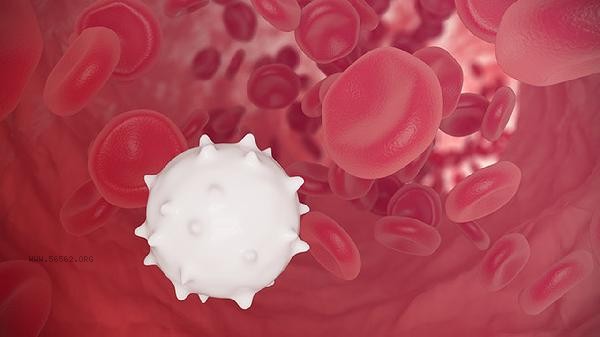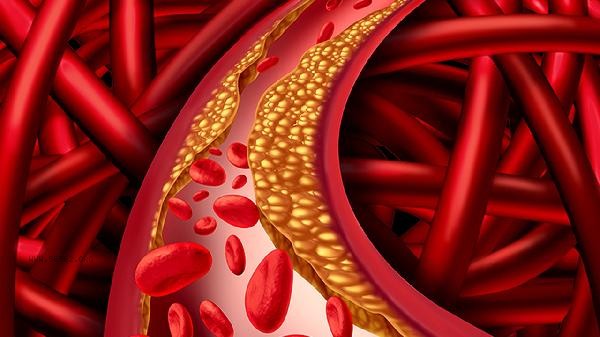Excessive erythrocyte sedimentation rate usually indicates the presence of inflammatory reactions or tissue damage in the body, which may be caused by pathological factors such as infection, rheumatic and immune diseases, anemia, malignant tumors, etc. It needs to be comprehensively judged in conjunction with other examinations.

1. Infection factors:
Bacterial or viral infections can stimulate the body to produce inflammatory mediators, leading to an increase in acute phase proteins such as fibrinogen, which accelerates the aggregation and sedimentation of red blood cells. Commonly seen in diseases such as pneumonia, urinary tract infections, tuberculosis, etc., the type of infection needs to be determined through blood routine and C-reactive protein tests. 2. Rheumatoid and immune diseases: Rheumatoid arthritis, systemic lupus erythematosus, and other diseases can produce autoantibodies, leading to chronic inflammatory reactions. These patients often have symptoms such as joint swelling and pain, morning stiffness, etc. It is necessary to complete immunological tests such as anti nuclear antibody spectrum and rheumatoid factor.
3. Anemic state:
When hemoglobin decreases, the number of red blood cells decreases, and the resistance experienced during the sedimentation process decreases. Diseases such as iron deficiency anemia and hemolytic anemia may cause an increase in sedimentation rate, which needs to be further distinguished by combining red blood cell count and iron metabolism indicators.
4. Tumor related diseases:

Some malignant tumors can secrete inflammatory factors to alter blood composition, such as an increase in abnormal globulin in multiple myeloma. These patients may have symptoms such as bone pain and weight loss, and require tumor marker screening and imaging examinations.
5. physiological elevation:
Women during menstruation, mid to late pregnancy, and elderly people over 60 years old may experience a mild increase in sedimentation rate. This type of situation usually has no other abnormal indicators, and it is recommended to have a follow-up dynamic observation 1-3 months later. When abnormal erythrocyte sedimentation rate is found, it is recommended to avoid vigorous exercise and maintain sufficient sleep to reduce physiological interference factors. Daily intake of citrus fruits and dark green vegetables rich in vitamin C can help improve microcirculation. If it continues to rise or is accompanied by symptoms such as fever and weight loss, it is necessary to undergo in-depth examinations such as CT scans and bone marrow punctures in a timely manner. Regular monitoring of settlement rate changes has important reference value for evaluating inflammation activity and treatment efficacy.









Comments (0)
Leave a Comment
No comments yet
Be the first to share your thoughts!